
Our Research
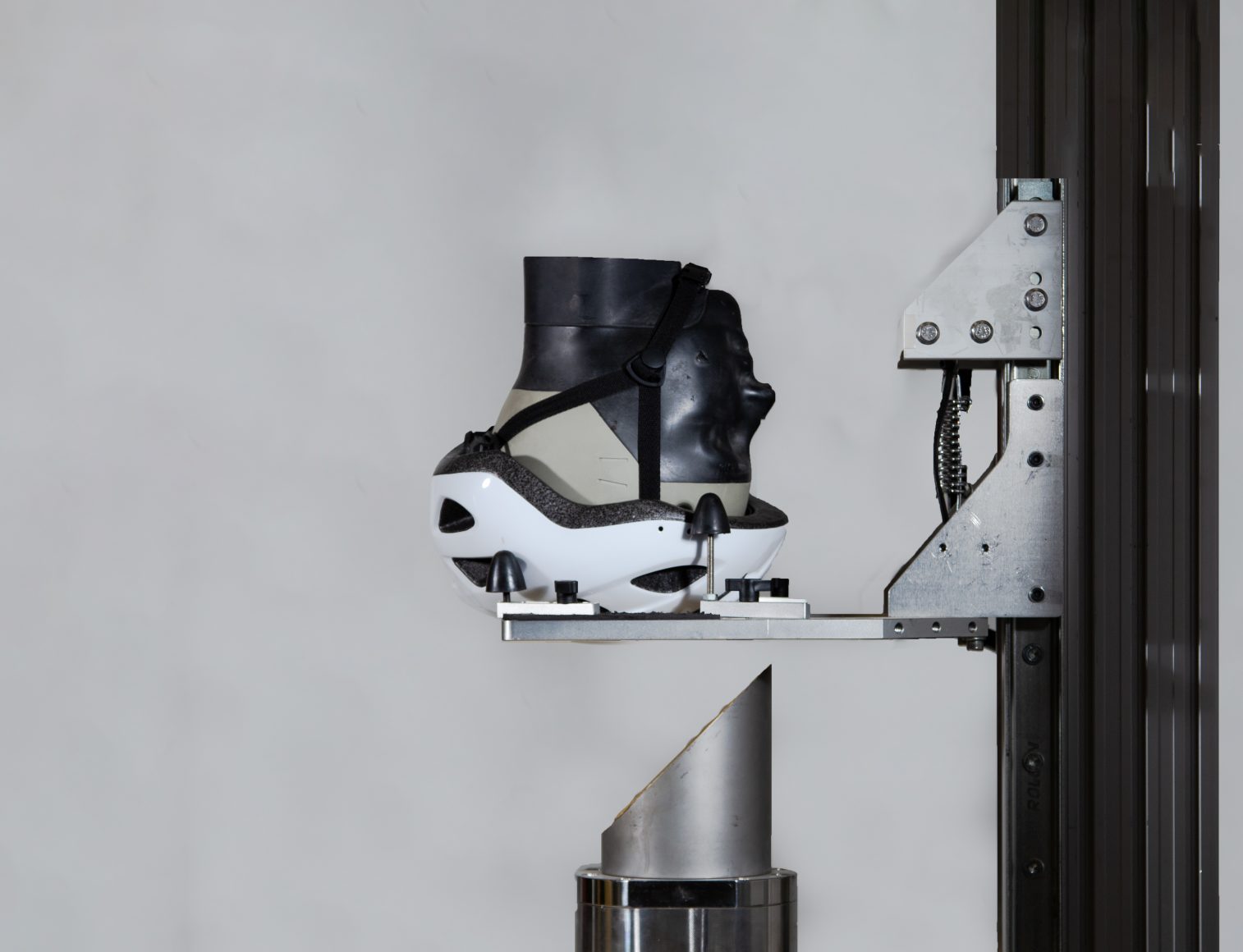
Our papers are open access:
Baker C, Yu X, Patel S, Ghajari M, 2023. A review of real-world cyclist collision characteristics and its implications for testing and rating helmets, Annals of Biomedical Engineering.
doi: 10.1007/s10439-023-03148-7.
Baker, C.E., Yu, X., Lovell, B., Tan, R., Patel, S. and Ghajari, M., 2024. How Well Do Popular Bicycle Helmets Protect from Different Types of Head Injury?
doi: 10.1007/s10439-024-03589-8.
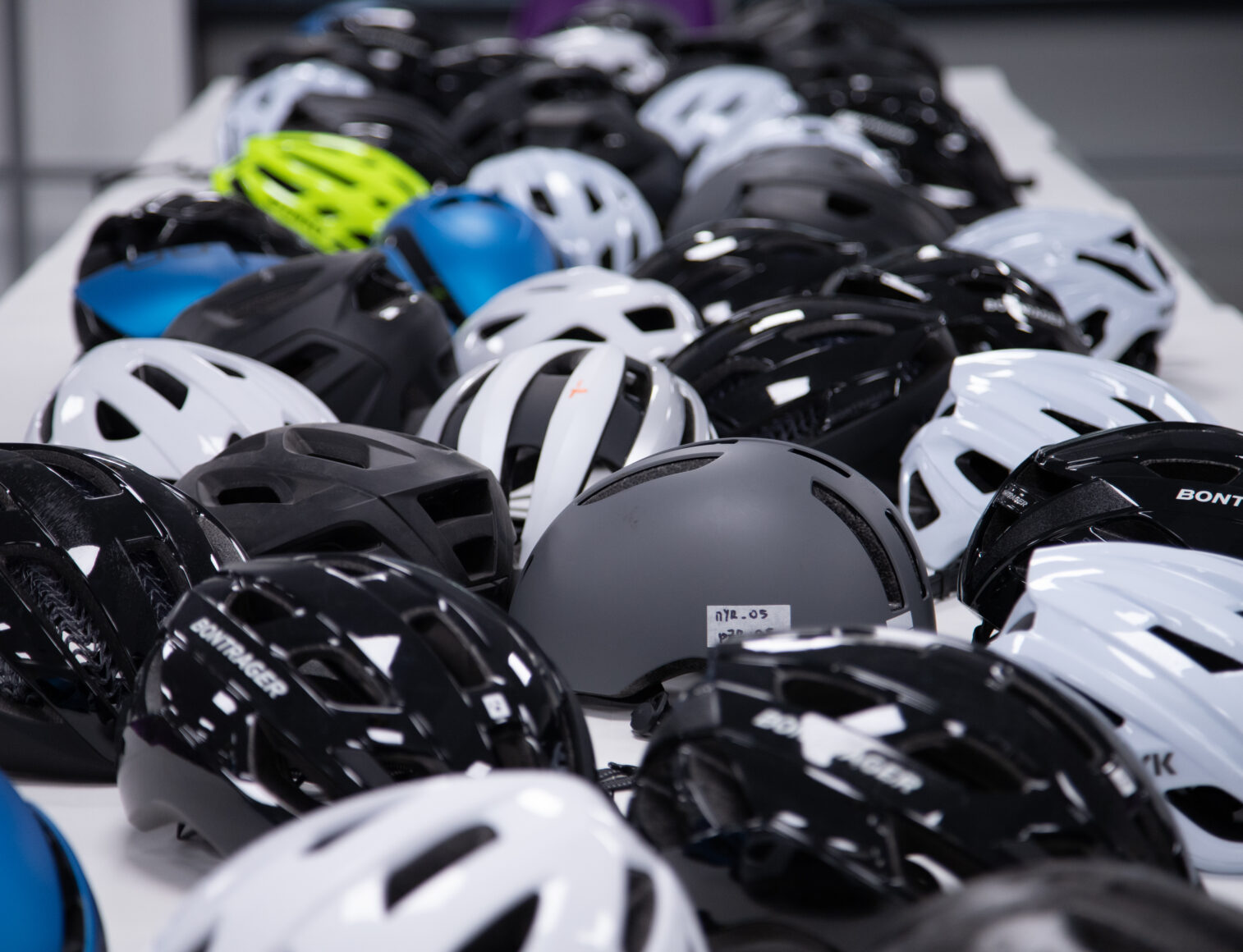
Helmet rating programme
Novel helmet designs and technologies are rapidly entering the market with a range of claims to reduce the risk of brain injuries. All these helmets enter the market once they pass the minimum safety requirements established by standards such as the EN 1078 used in the UK. However, there is no further information available to consumers to enable them to distinguish between helmets available on the market in terms of their safety.
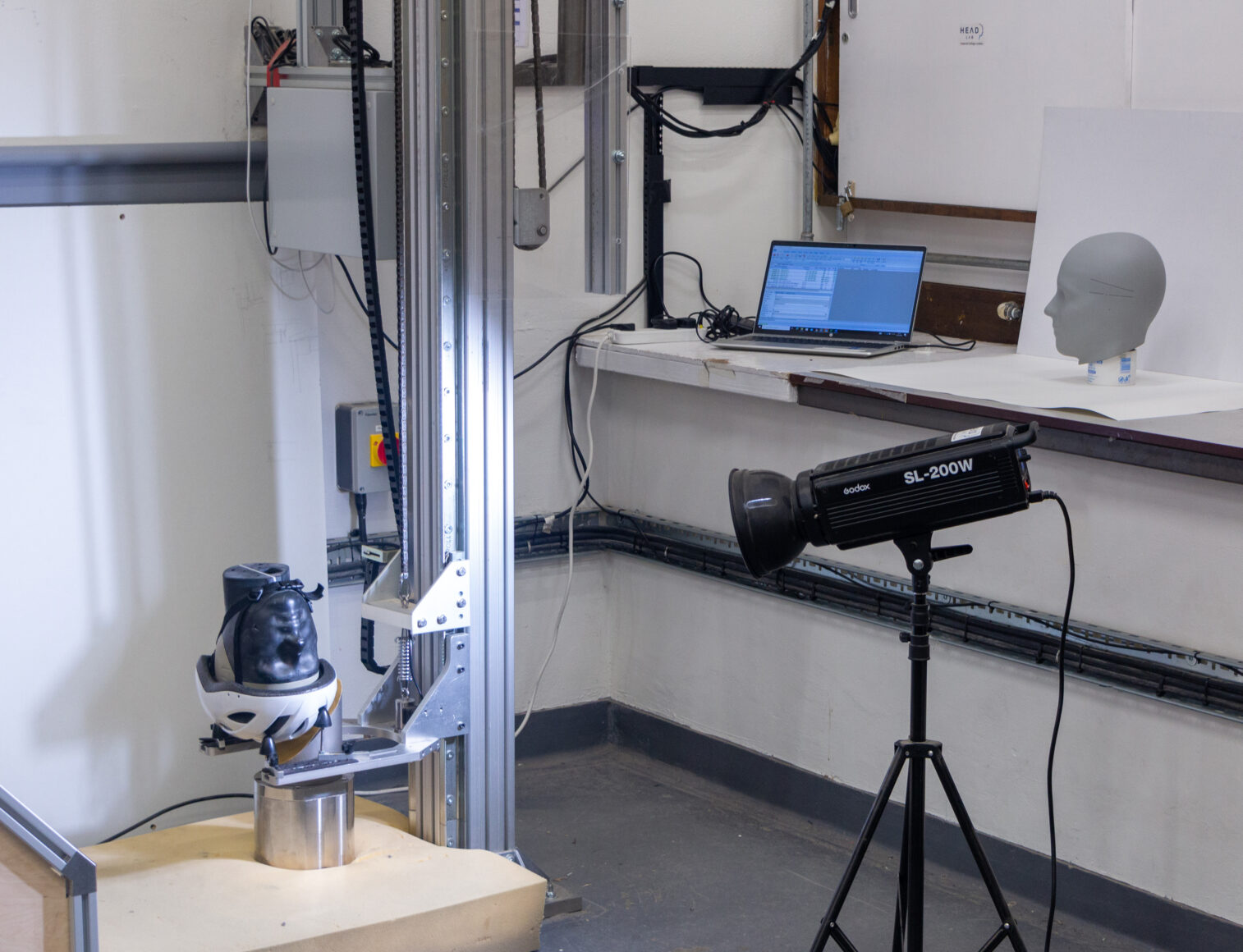
Representative impact conditions
Impacts are simulated on a helmet test rig developed at Imperial College. It tests helmets under oblique impacts that are often seen in real-world data, which produce larger head rotation. It uses a state-of-the-art headform for more accurate and precise helmet testing results.
The impact angle
In real-world cycle falls or collisions, cyclist’s head is moving at a speed when it collides with another object such as the road surface. The direction of the head motion is rarely perfectly perpendicular to the surface of the other object; instead, it is at an angle. At Hiper, we reviewed various studies that estimate the angle between the direction of the head motion and opposite object’s surface. These studies employ two methods: they either reconstruct real-world incidents through laboratory or computational testing, or they utilise computational models to simulate a range of speculative falls or collisions. The angles observed are concentrated around 30° and 60° with respect to the surface of the opposite object. The Hiper method simulates a 45° impact angle.
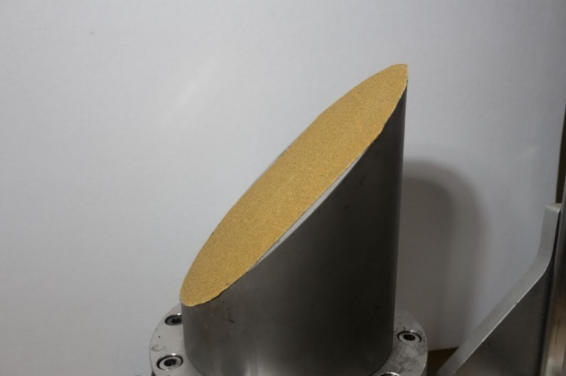
The impact speed
Our review of published studies indicates that the head impact speed in cyclist incidents is concentrated around 5-8m/s. The Hiper method uses a 6.5m/s speed which is within the range of speeds reported in previous studies.
The impact surface shape
Cyclists’ heads can impact with surfaces of any shape. Typically, helmet standards use both flat and curved anvils for testing helmet. However, our literature review shows that in nearly 80% of the cases, head impacts occur on flat surfaces. Hence, in our test method, we only use flat surfaces.
The impact surface roughness
The roughness of the impact surface affects the coefficient of friction between the helmet and the surface. Vehicle surfaces tend to be smoother compared to road surfaces. The Hiper method uses an 80-grit abrasive paper to cover the anvil for the tests. This surface roughness produces large friction forces during impacts and leads to larger head rotations. This surface roughness represents an upper limit for the coefficient of friction and has been adopted by other methods such as CEN/TC158/WG11.
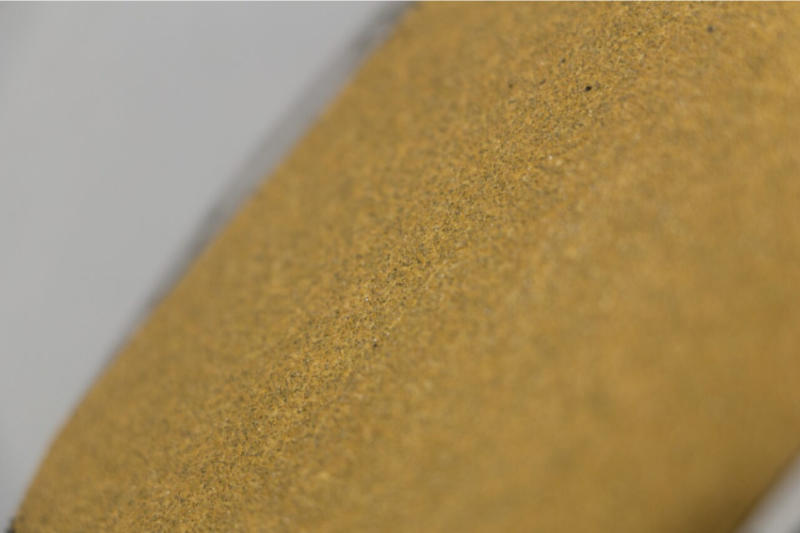
Impact locations
We reviewed 10 published studies that have investigated the location of impacts on the head or helmet in cyclists’ incidents, totalling 1273 impacts. Our metadata analysis shows that the side of the head is impacted in 37% of the cases, followed by the front (33%), the rear (18.5%) and the crown (11.7%). The Hiper method excludes the crown because it is the least impacted area and included in helmet standards, ensuring a baseline protection for impacts at this location. Instead, Hiper focuses on two side impacts, one front impact and one rear impact.
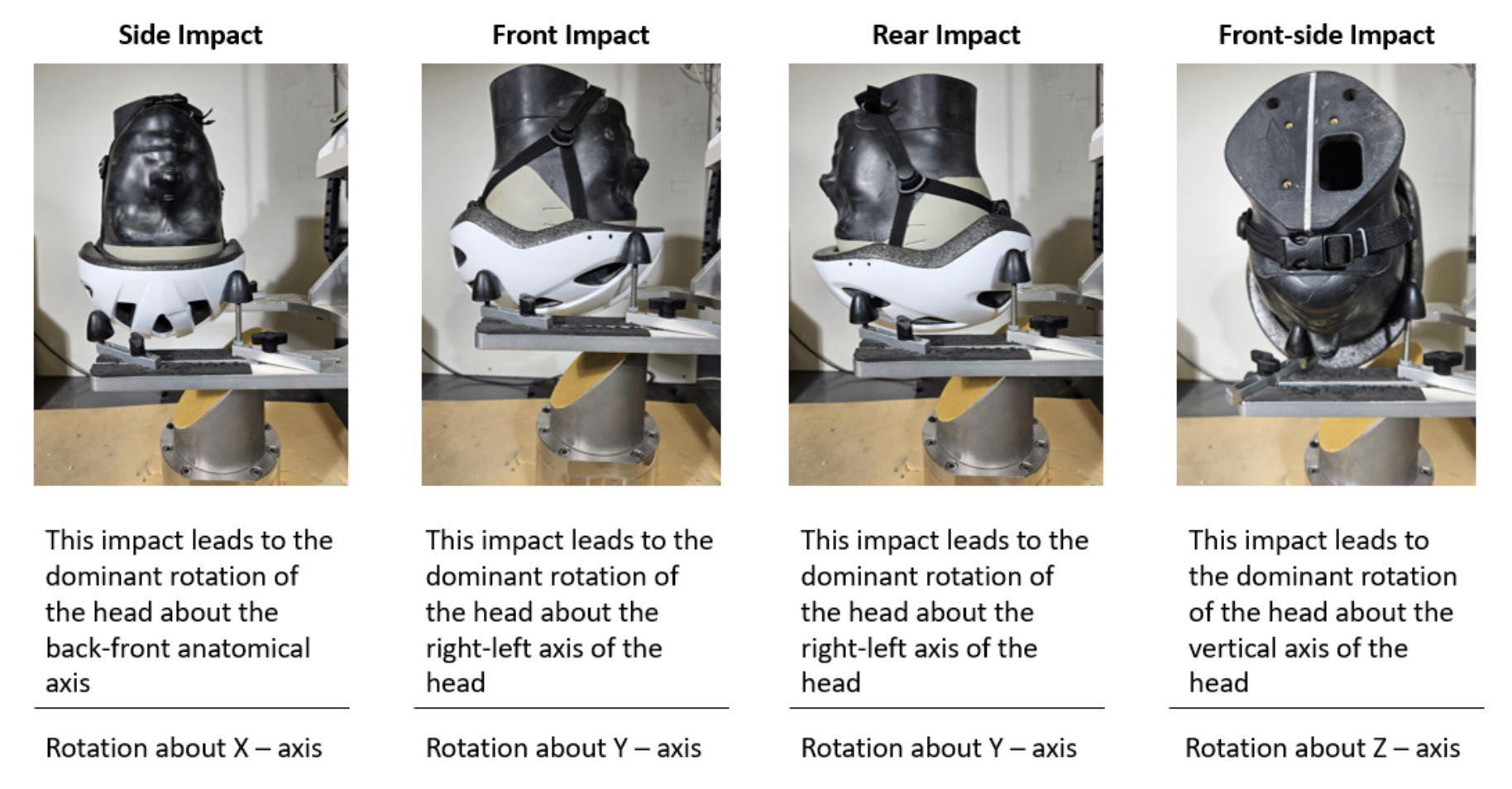
The test rig
The Hiper method uses a new helmet test rig developed at Imperial College, which allows helmet testing under the conditions explained above.
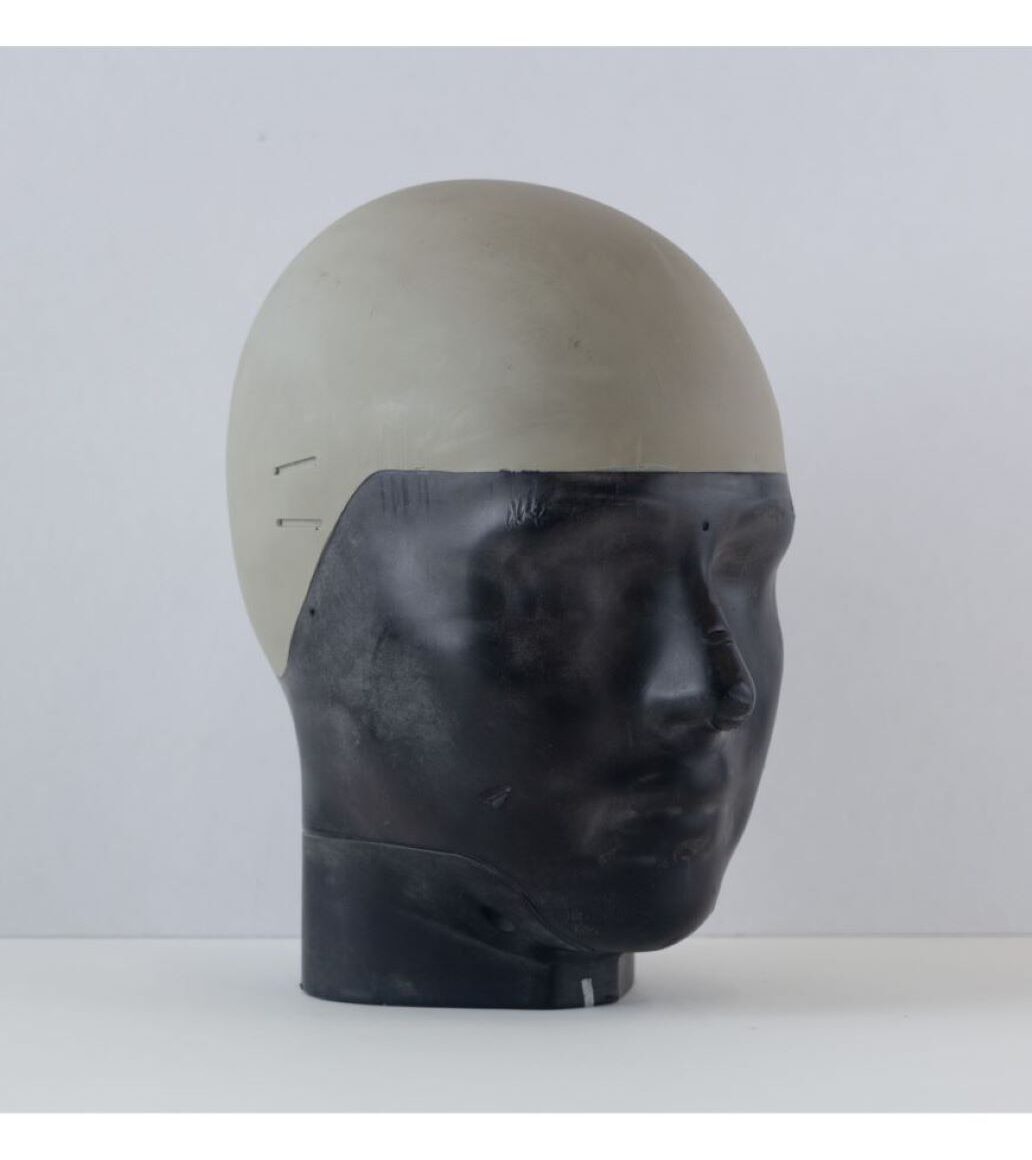
The Biofidelic Human Headform
Hiper uses a new biofedelic headform to simulate the human head’s response more accurately during helmet impacts. In the lab, helmets are tested using a headform. To replicate real-world head motion effectively, the physical properties of the headform must closely resemble those of the human head. The main physical properties that influence test results include: shape of the head, its mass, the location of the centre of mass, the mass moments of inertia (the head’s resistance to rotation about its three anatomical axes, x, y and z), and the coefficient of friction between the head surface and the helmet.
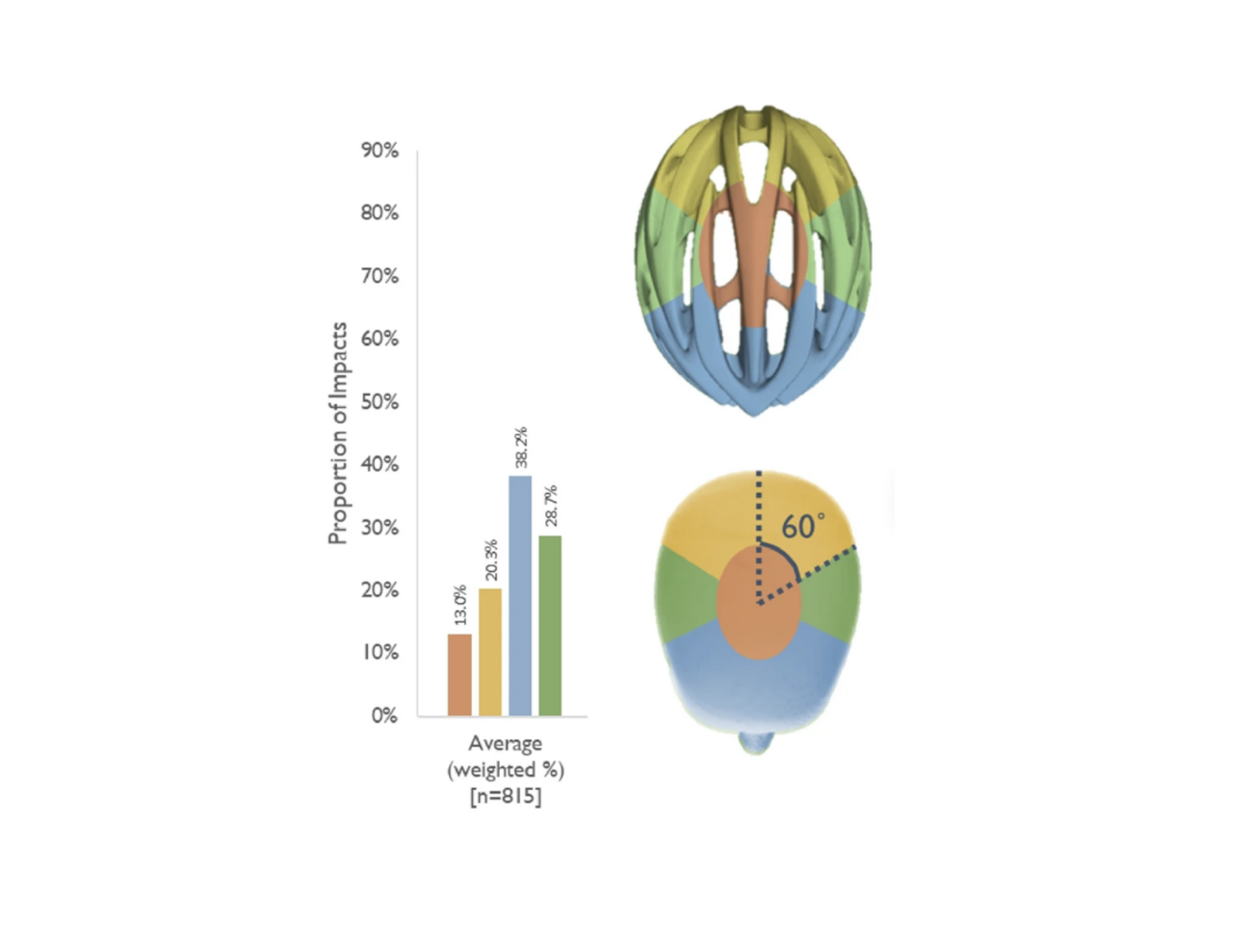
Head injury criteria
To assess the risk of different types of head injuries, Hiper translates measurements from the sensors using a function known as the head injury criterion. A recent study reviewed 21 papers examining specific head injury types in bicycle incidents, covering approximately 90,000 cyclists. The documented injuries include skull fracture, damage to the blood vessels located between the skull and brain (extradural haemorrhage, subdural haematoma, subarachnoid haemorrhage), damage to the superficial layers of the brain (contusions) and damage to the deep structures of the brain (diffuse axonal and vascular injuries).
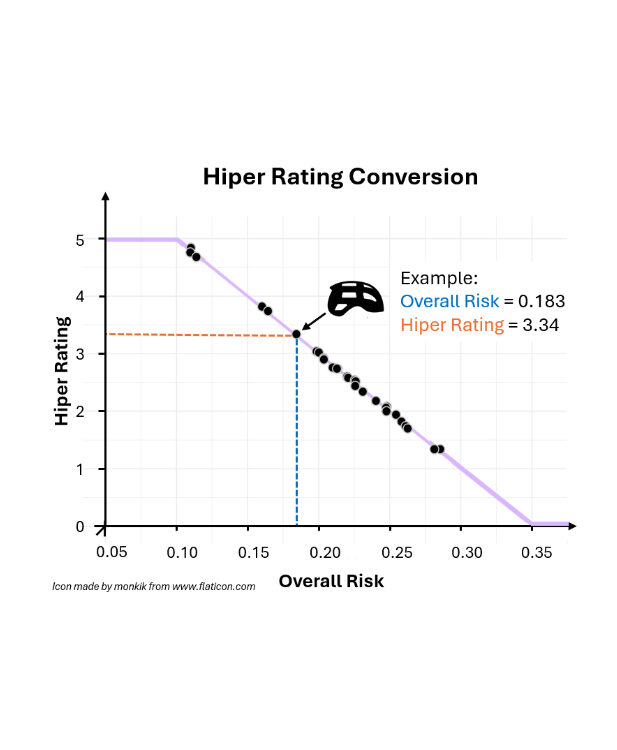
Calculation of the Overall Risk and Rating Score
To determine the overall injury risk for each helmet, we first determine the average of the linear and rotational risks for each impact location. We then multiply this average value for each impact location by the weighting of that impact location. The impact location weightings were derived from a meta-analysis of real-world cycling incidents, which included 1,809 head impacts from ten different studies. Finally we add the weighted average risk for each location to determine the overall risk for the helmet.
